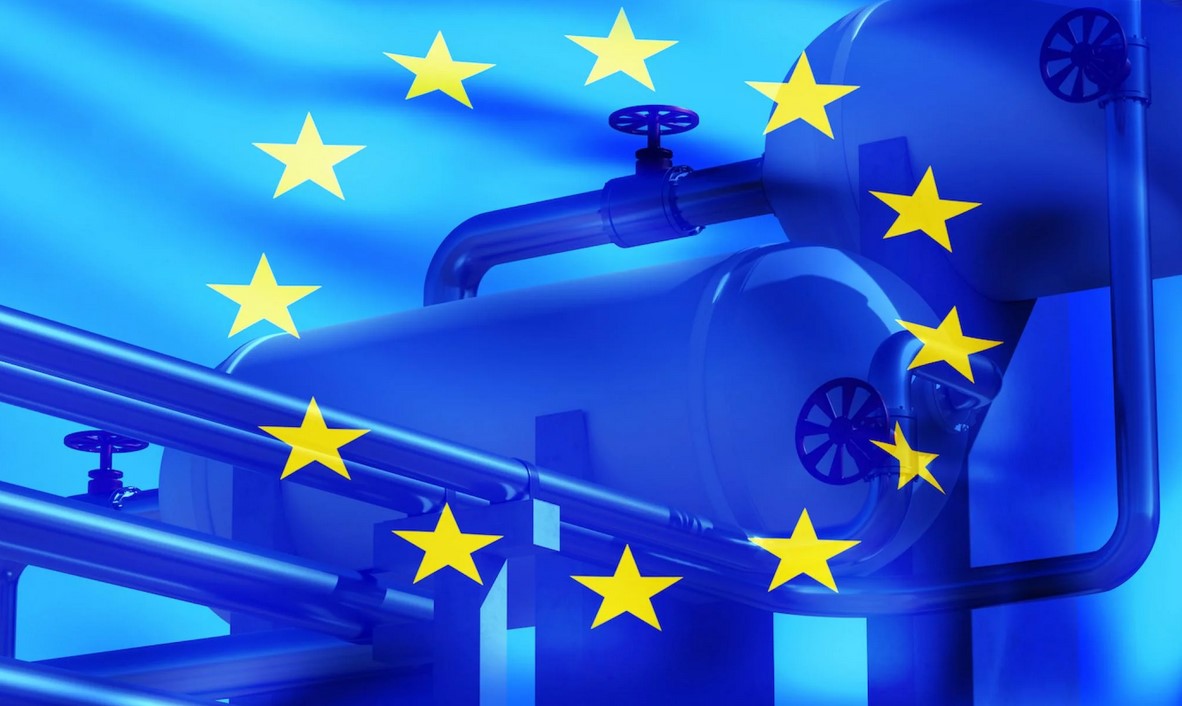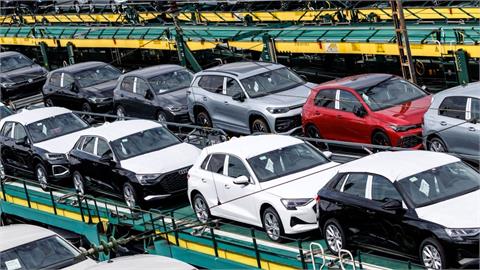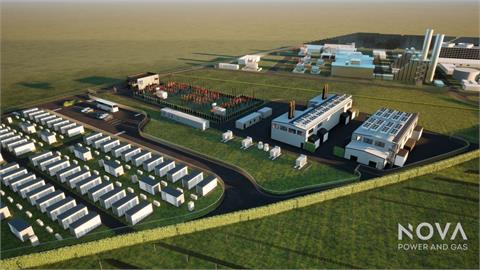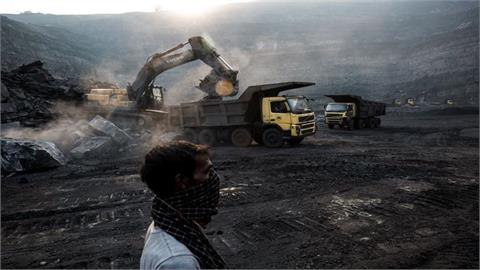by Piergiorgio Alessandri and Andrea Gazzani* The price of natural gas in Europe increased five-fold after the Russian invasion of Ukraine. This large shock made the gas market the focal point of heated political debates across European capitals
This column analyses the economic impact of gas supply shocks using state-of-the-art econometric techniques. It shows that negative shocks to gas supplies cause a decline in economic activity and a sizable and long-lasting increase in the price of both energy and ‘core’ goods. The pass-through to core inflation is gradual and highly persistent, suggesting that European economies are still grappling with the spikes in gas prices that took place in 2022.
The procurement of natural gas has been a sticking point for European economies over the last two years. The Russian invasion of Ukraine in February 2022 triggered a dramatic jump in gas prices and a collapse in gas flows from Russia to Europe, placing the gas market at the centre of the policy debate. Yet, unlike oil, natural gas represents an unknown from a macroeconomic perspective. There is scant evidence on how demand and supply factors affect gas prices, or on the influence that gas prices in turn have on inflation and economic activity. Early analyses suggested that a 30% contraction in energy supplies could reduce output by up to 14% in Europe within two years (Garicano et al. 2022, Bachmann et al. 2022, Lan et al. 2022). In retrospect, many observers noted that things turned out to be less dramatic (Moll 2023). In a recent paper (Alessandri and Gazzani 2023), we provide direct evidence on this question by exploiting two tools that are widely used in empirical macroeconomic studies: ‘narrative’ identification and Bayesian vector auto-regression (VAR) models.
Using news to identify exogenous shocks to gas supply
Like all prices, gas prices move under the combined influence of both demand- and supply-side factors. The relevance of supply shocks is all too obvious after the Ukraine war; but large price shifts can also arise, for instance, when changes in business cycle conditions or temperatures shift households’ and firms’ demand patterns. To identify supply shocks, we parse a large dataset of daily news about the main European gas trading hub, the Dutch Title Transfer Facility (TTF), over the 2010-2022 period. 1 We focus on dates in which the prices of gas futures recorded large swings, and resort to a careful line-by-line analysis of the underlying daily news to separate events that are clearly symptomatic of shifts in the supply of natural gas to those relating to changes in demand and other confounding factors.
(for the rest of the article, visit cepr.org)
*Senior Economists, Bank of Italy




